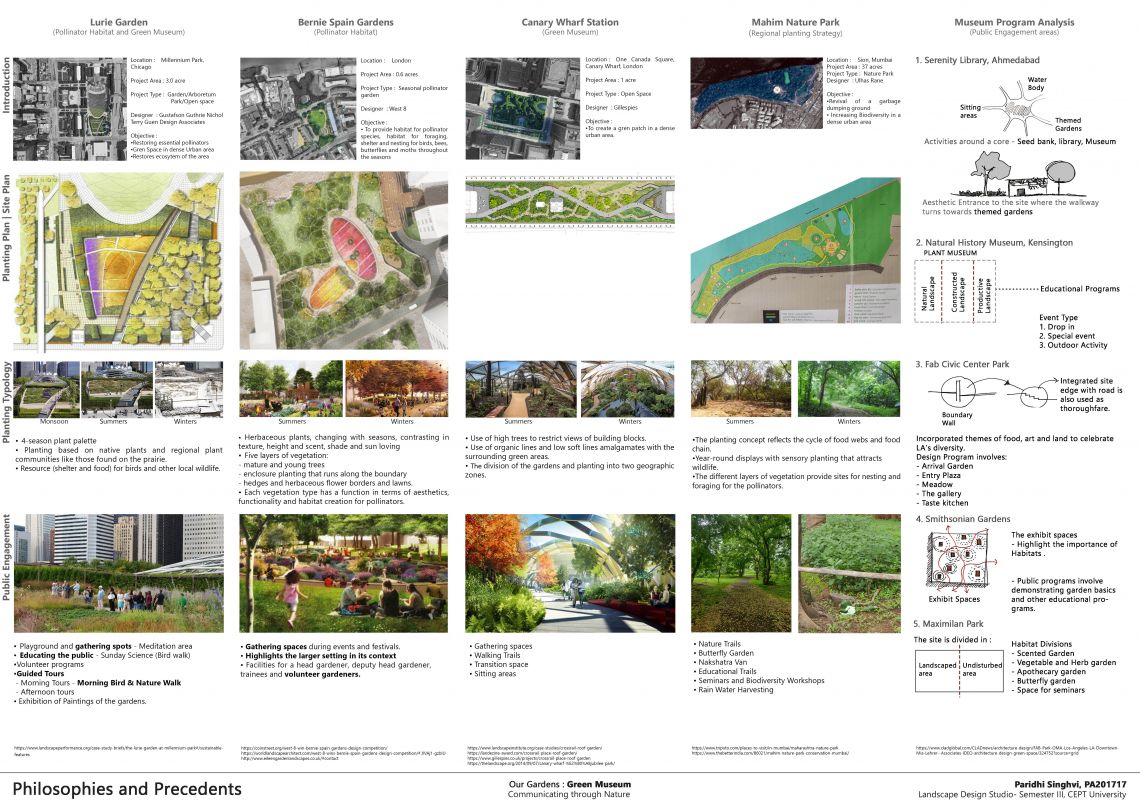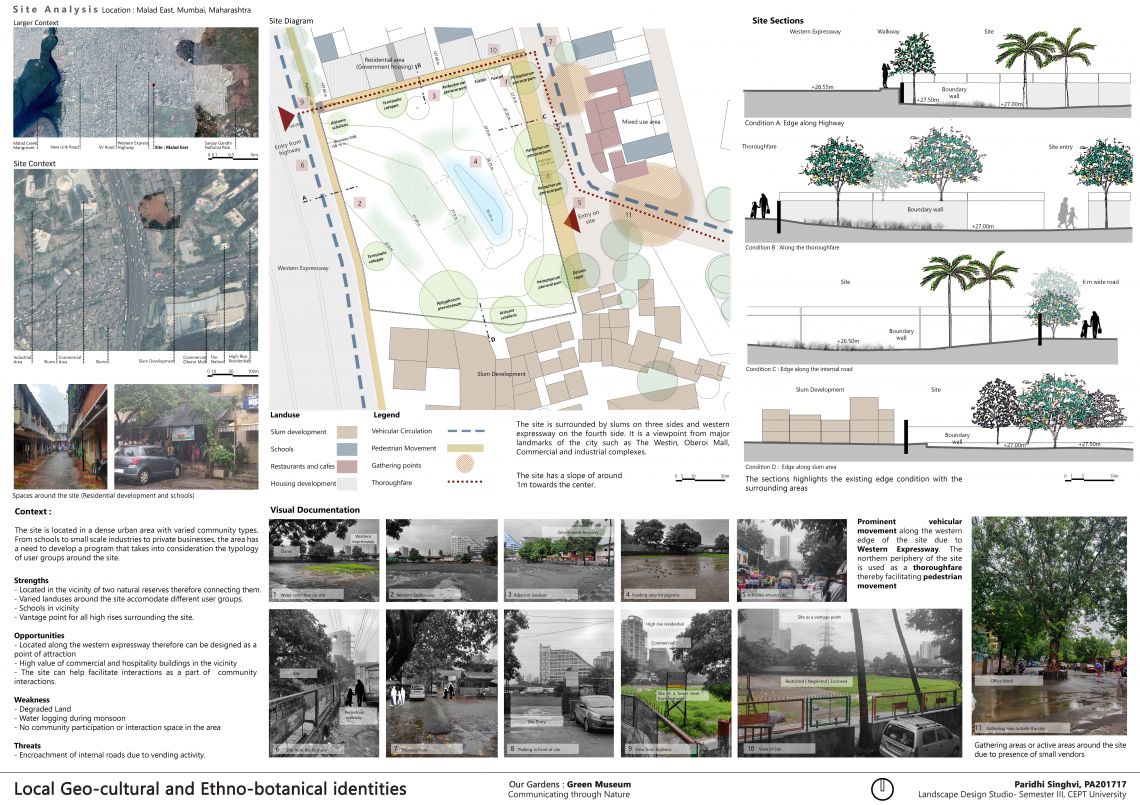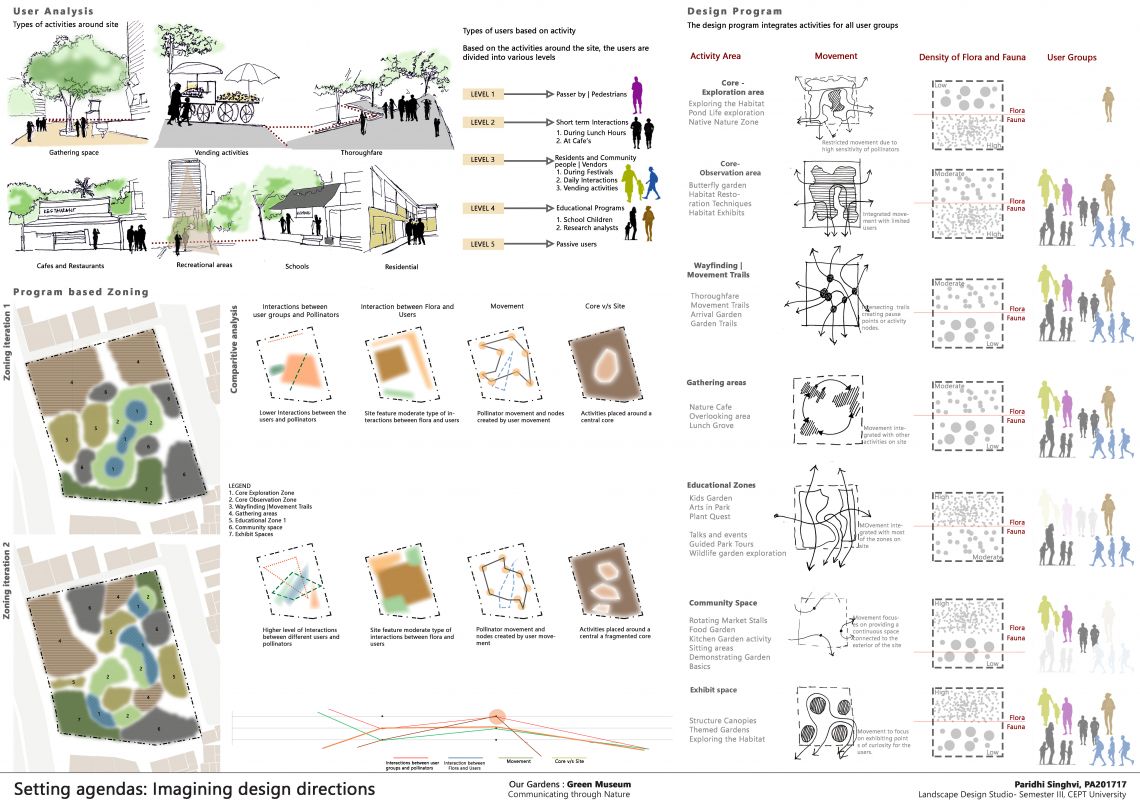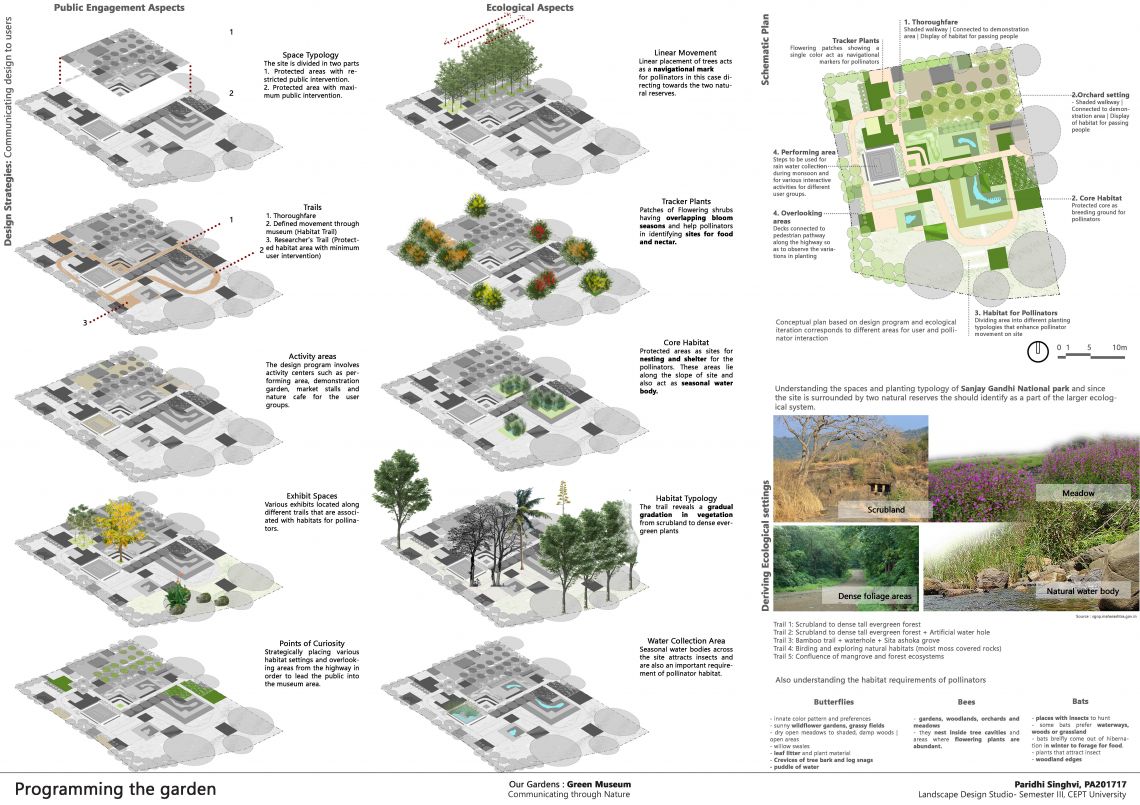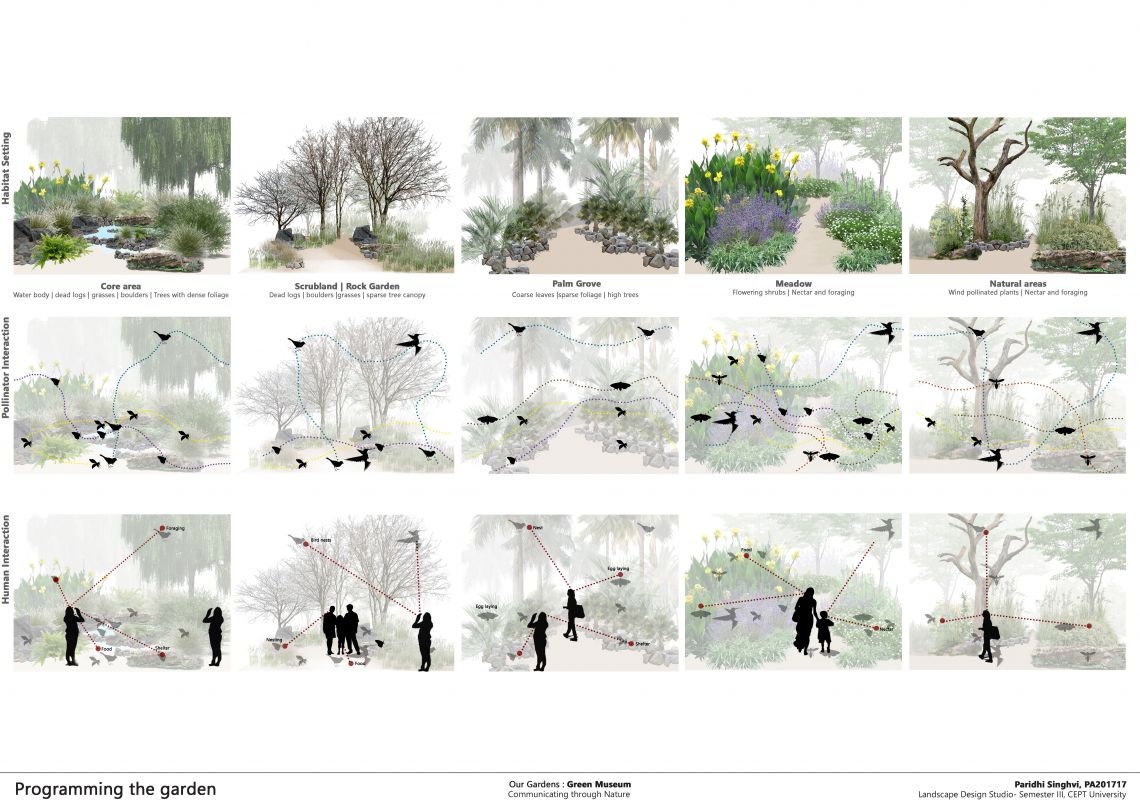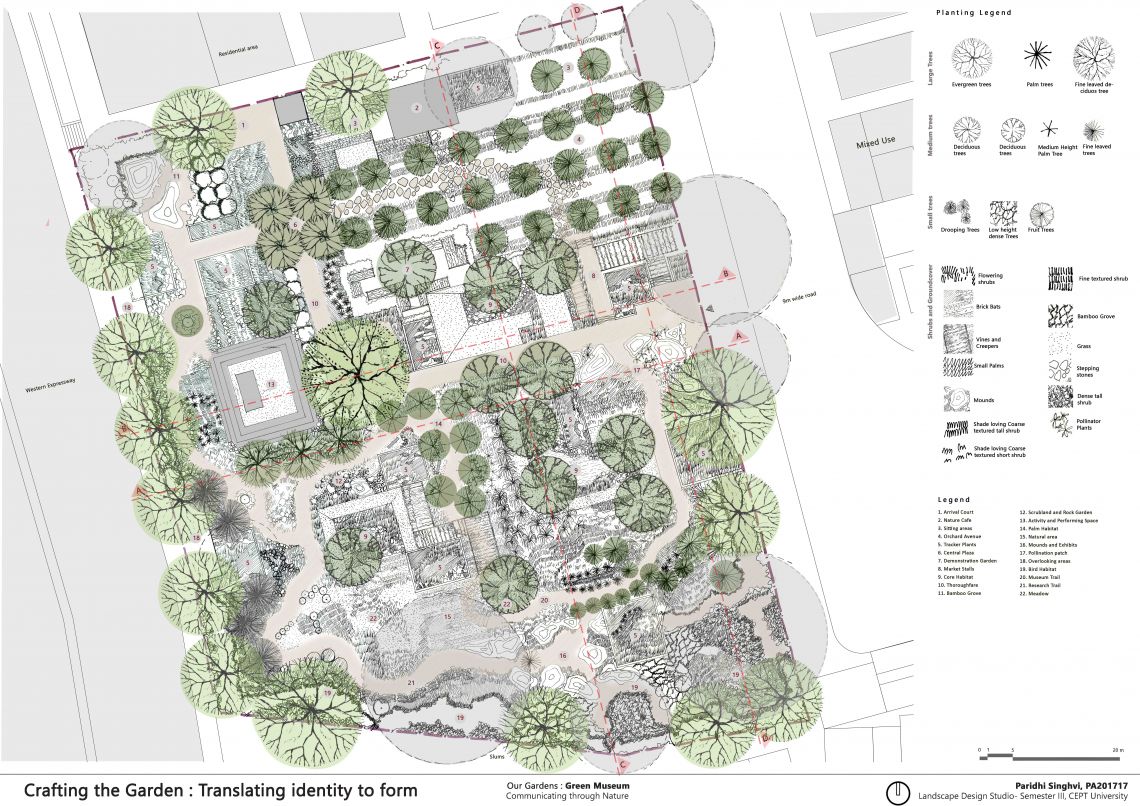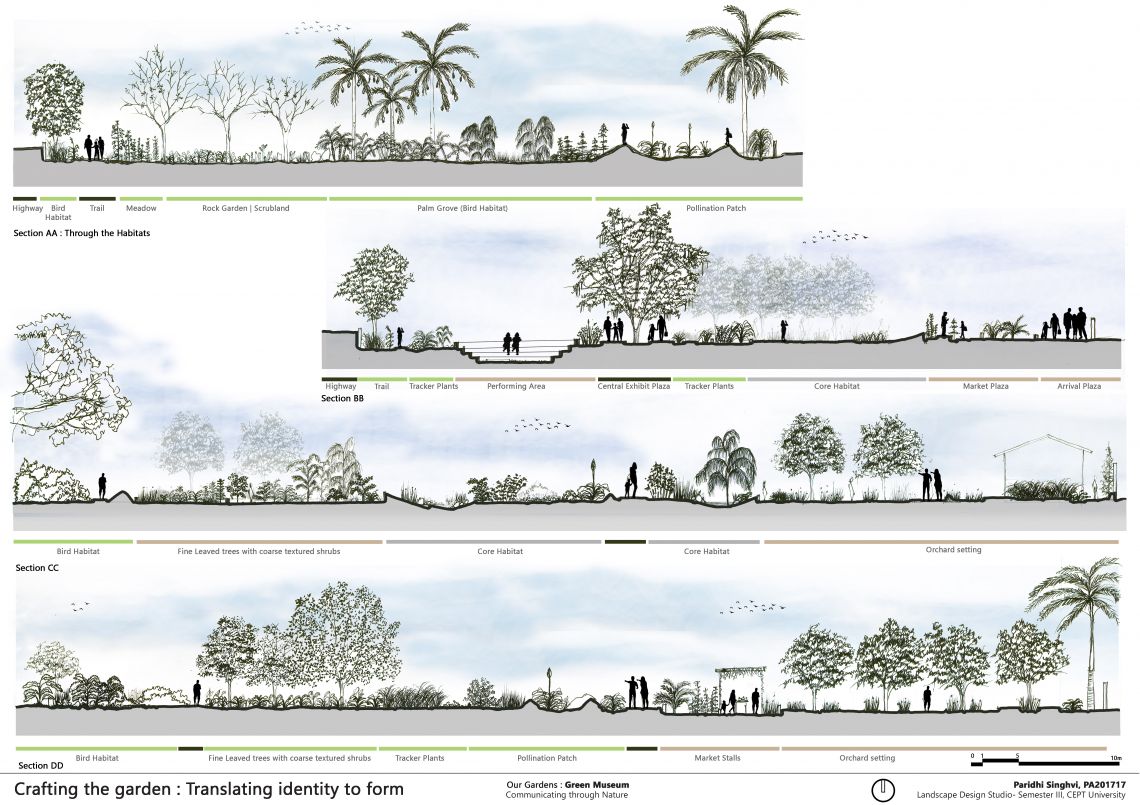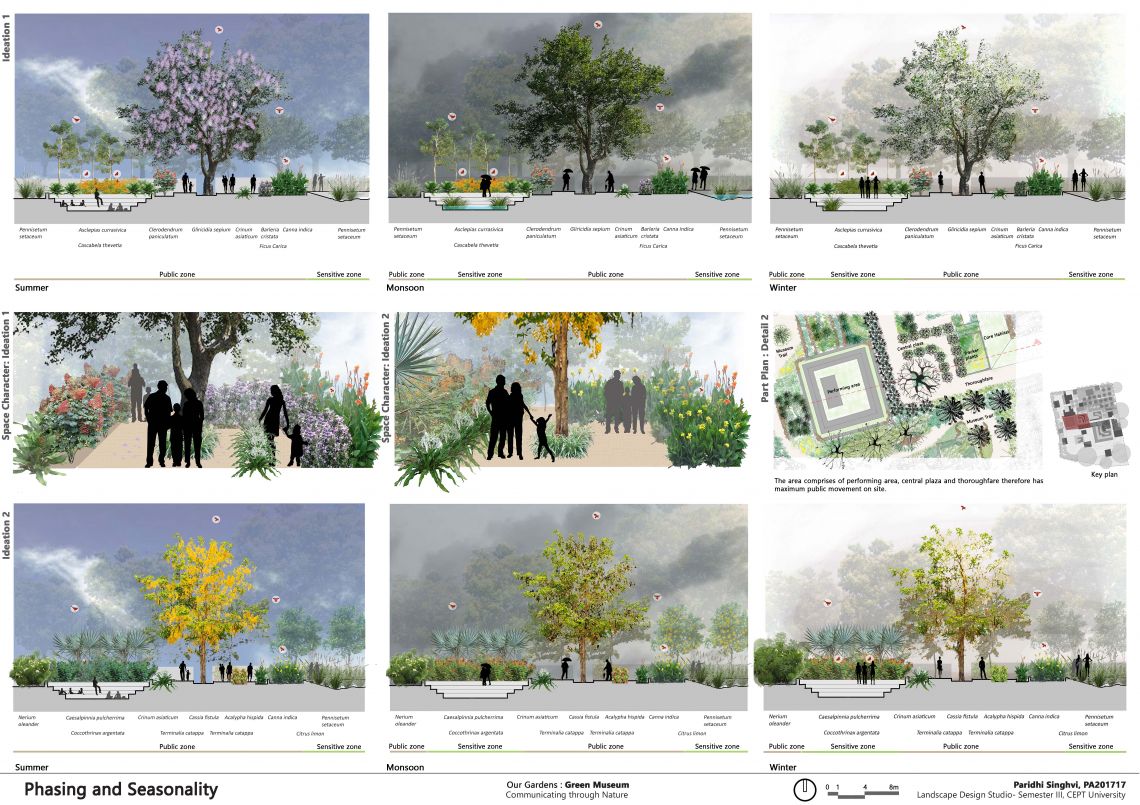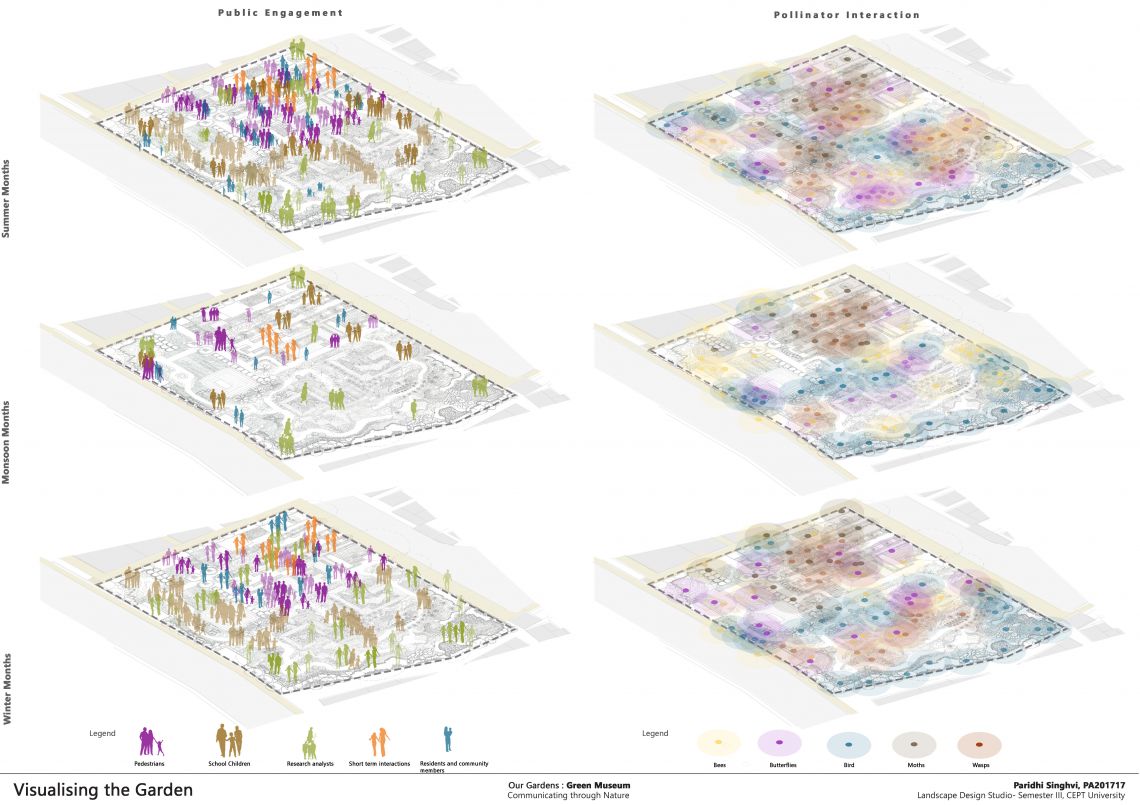Your browser is out-of-date!
For a richer surfing experience on our website, please update your browser. Update my browser now!
For a richer surfing experience on our website, please update your browser. Update my browser now!
Green museums are a way to facilitate and create repositories for pollinators in urban areas that help in maintaining the ecological balance. These ‘Green Modules’ can then be used as a prototype for dense urban areas of a particular region. This repetition of these composed gardens will eventually create an urban habitat and movement corridor for the pollinators. On a larger scale, this project aims to highlight the role of urban green fragments in the ecosystem and also communicates the story of habitat for small yet important species.

